Therapeutic ultrasound for rehabbing running injuries at home
Studies are few, but anecdotal research showed amazing results with sustained acoustic medicine (SAM) for home use
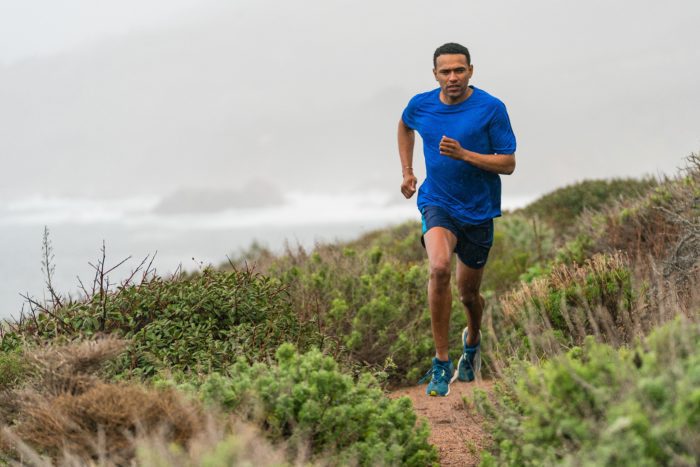
If you’ve ever experienced a running injury (or had a baby), you’re probably familiar with ultrasound as a diagnostic imaging tool. For years, ultrasound has also been used as a therapeutic tool, and recent advances in technology have made it possible to miniaturize the technology for home use, at much lower intensity and for longer duration than it is used in a clinical setting. The research is not extensive, and it’s not cheap. But some runners have found it to be the thing that works where nothing else does.
RELATED: Achilles sufferers: the nitro patch as last resort
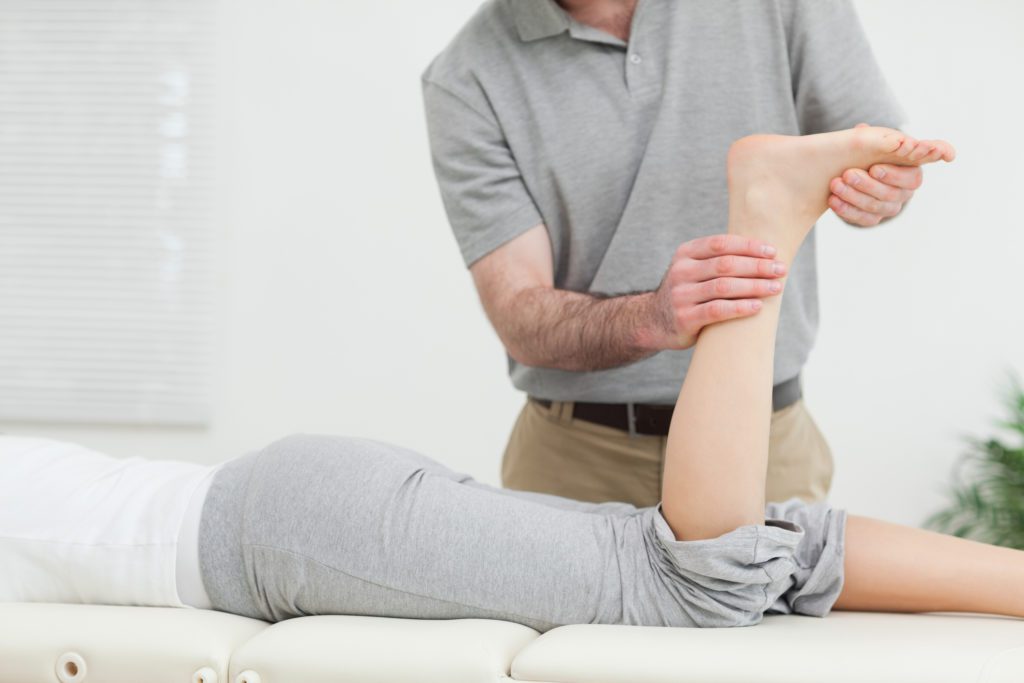
Gary Furlong of Toronto is one of those runners. Now 62, Furlong has run since high school, and raced 10Ks, half-marathons and marathons throughout his 20s and 30s. One day in his early 40s, Furlong woke up with sore Achilles tendons on both sides. “Like all good runners,” he jokes, “I just ran through it.” But he couldn’t do so for long, and went to see a sports medicine specialist for the first time, who diagnosed him with bilateral Achilles tendonitis.
For the next 15 to 18 years, Furlong tried to manage his Achilles pain. Even a relatively slow five-kilometre run every other day would eventually result in his having to take several months off running. He tried shockwave therapy, infrared light therapy, the Graston technique and the nitro patch, none of which had much effect. A few years ago, he found that eccentric heel drops, practised regularly, helped enough that he could start running again–for about six months. Then the pain flared up again.
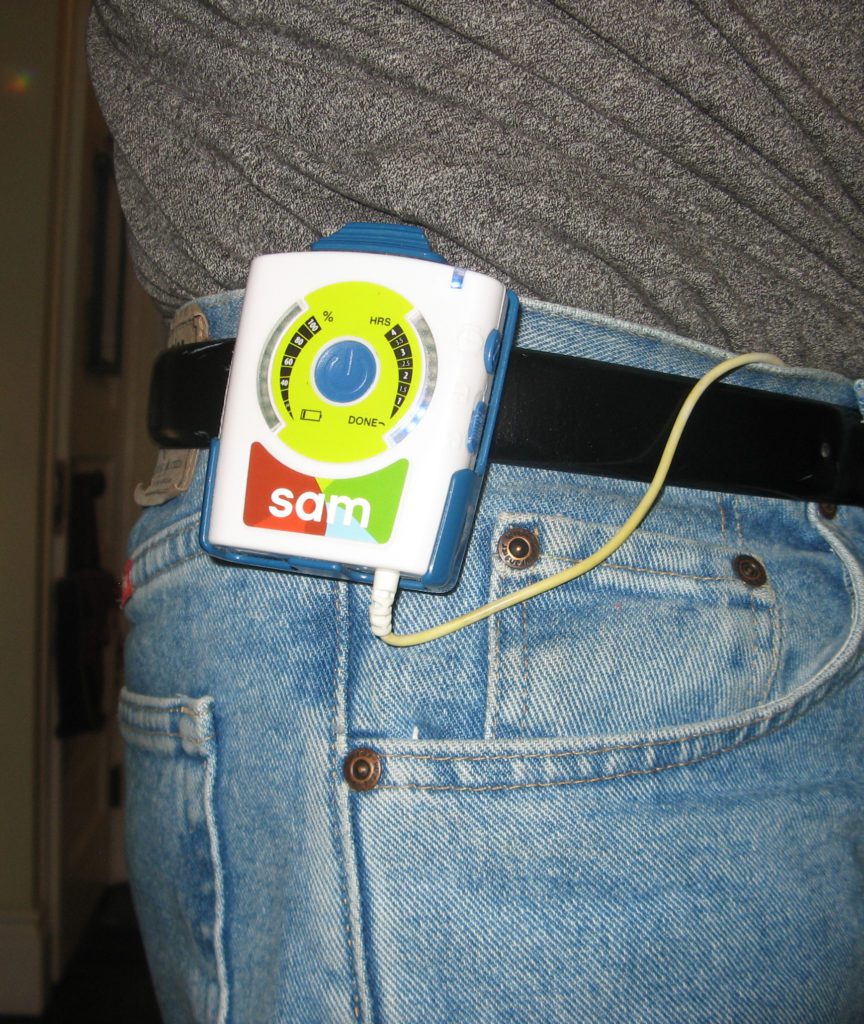
Three years ago, Furlong happened to hear about therapeutic ultrasound for home use, and discovered that the Connecticut-based manufacturer, ZetrOZ, had a Canadian distributor, and its SAM (Sustained Acoustic Medicine) unit could be purchased in Canada for about $1,500. (Note: the product is now only available in the U.S., by prescription.)
Furlong bought a unit and started using it every day for two hours. At the time, his right Achilles had flared up and he was not running. After using SAM for seven days he had no pain, and started jogging every other day, using SAM on the off day. Two weeks later he had not had any flareups, and increased the length and effort of his runs. The following year he started to race 5Ks competitively in his age category, something he hadn’t done in 25 years.
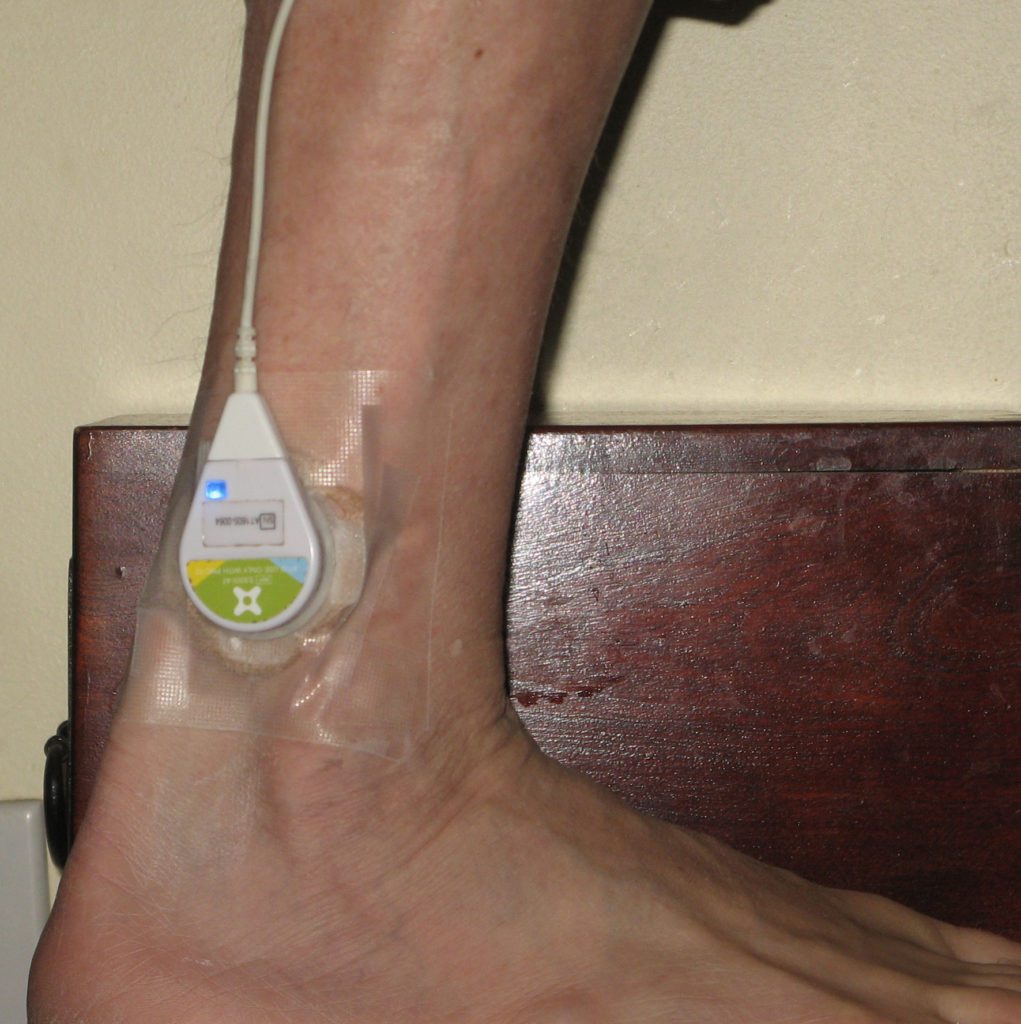
Furlong increased his running to two days in a row and then taking one day off, continuing to use SAM on his days off. He even added hill sprints to his training (another thing he had not done in years). For 18 months after he started using SAM, he had no Achilles problems. Then one day, after a hard run, his right Achilles flared up quite badly. He thought, based on past experience, that he’d be off running for eight months. But it only took two and a half months, using SAM every day, before he was back out running.
Since then, Furlong has been running longer distances (admittedly more slowly), and this year he ran a couple of 10Ks and some 6K races. He still uses the SAM unit frequently, and says it effectively helps settle any issues, including (besides his Achilles tendinitis) minor injuries to his calf and hamstring.
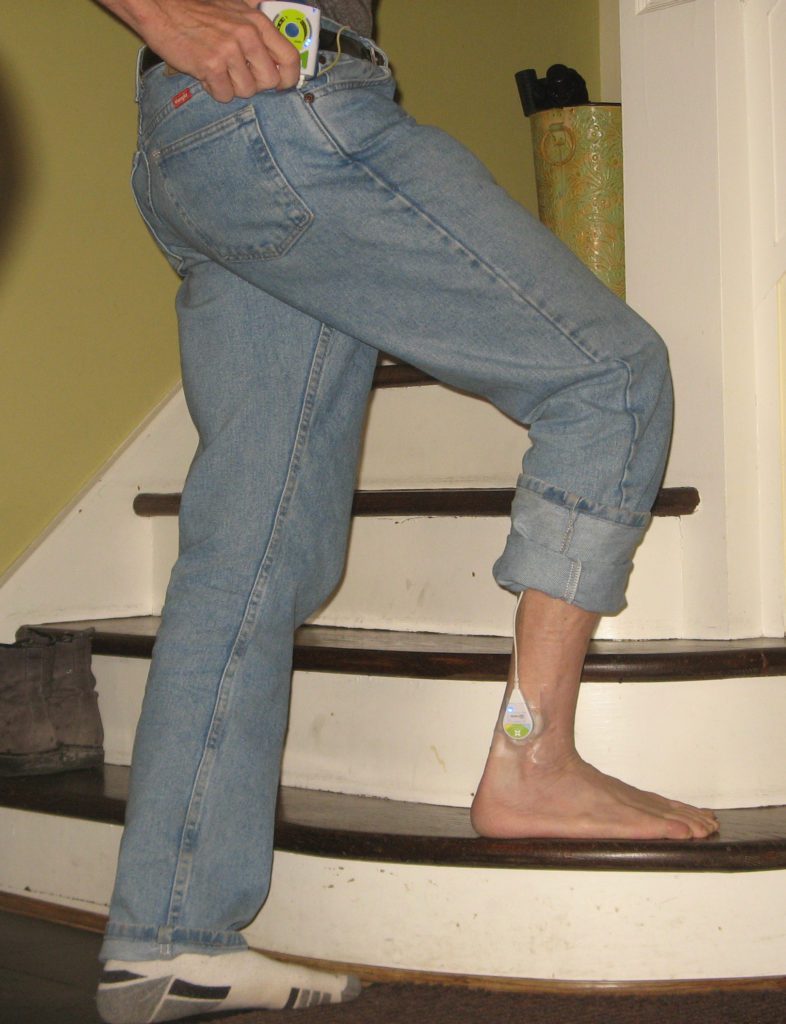
Furlong says he told both his sports medicine specialist and his physiotherapist that he was using the device, and they didn’t discourage him, but he points out that since the units are designed for home use rather than by health professionals, there is little incentive for health pros to recommend them.
How it works
The Achilles being the densest, largest tendon in the body, it also has relatively little blood flow, compared to other tendons, a situation that gets worse as we get older. So when injured, the Achilles typically takes a long time to heal. Soundwaves, because of their relatively long length, are effective at transferring energy deep into damaged tissue, creating heat in the process. Heat stimulates healing by speeding up the removal of waste products and the transfer of nutrients from the bloodstream to cells. It also stretches and lubricates tissues.
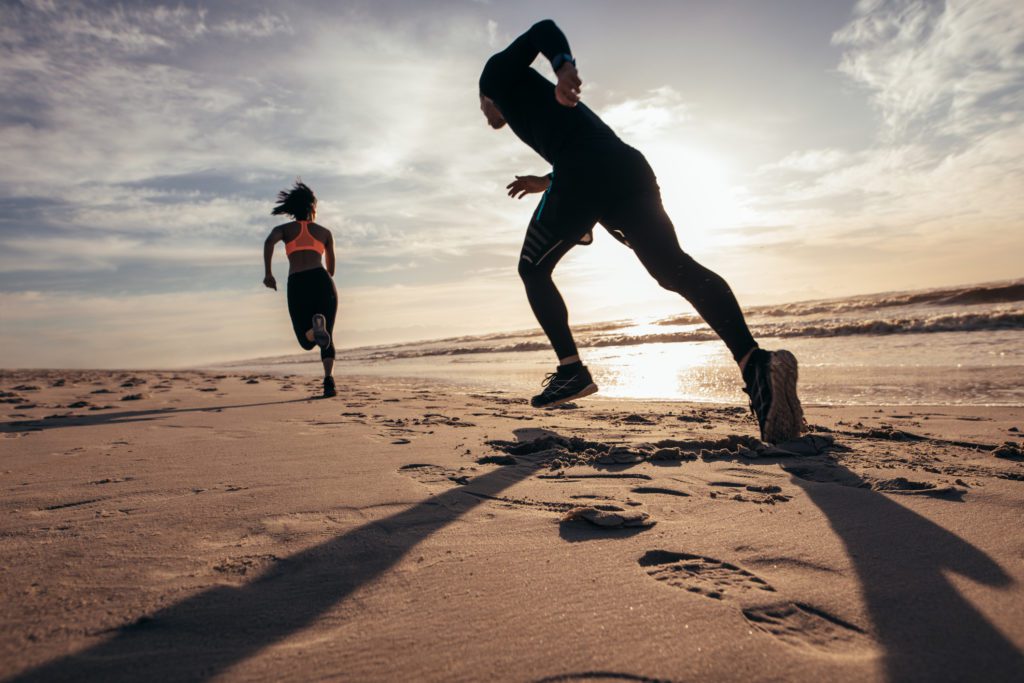
Low-frequency ultrasound for home use was developed in response to research that found that to be beneficial, it needed to be applied every day, and people needed to be able to do it themselves at home, without a trained professional present. SAM makes it possible for individuals to use low-intensity ultrasound safely for sustained periods of two to four hours at a time, using a handheld, battery-powered device. Used in this way, the dose is actually higher than is possible with traditional higher-intensity ultrasound available in a health professional’s office, and a few studies have shown promising results.
The advantages to this type of treatment are that it has been proven safe when used appropriately, it offers the convenience of home use, and it is both non-invasive and non-pharmaceutical. The disadvantage is the cost (and it may not even be possible for Canadians to purchase a unit at this time due to changing Health Canada regulations).
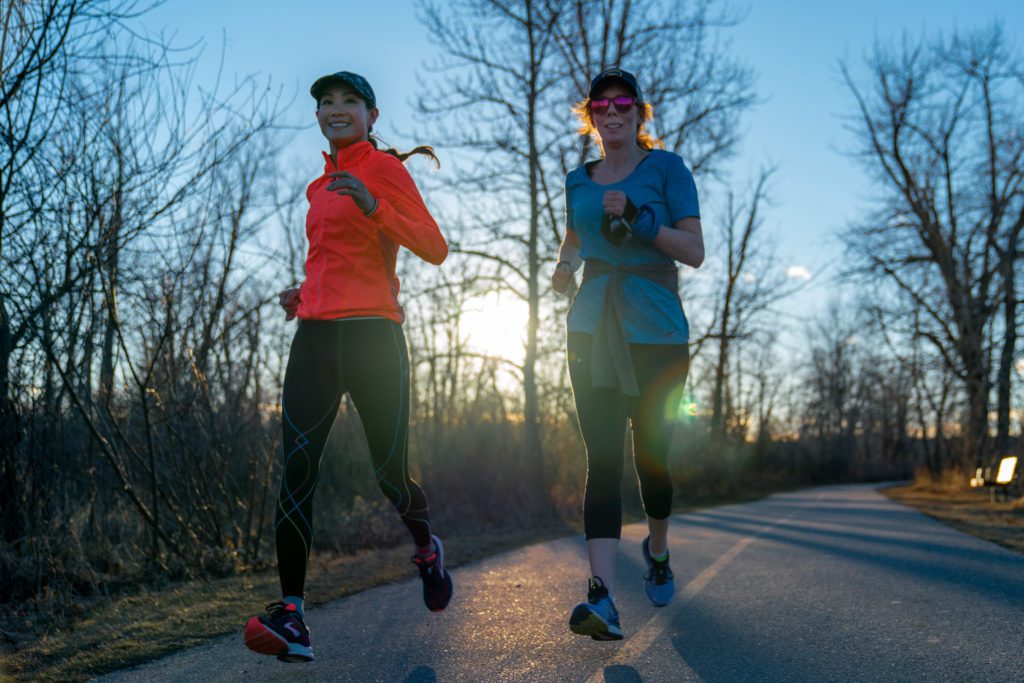
What the research says
So far there are only a handful of studies on SAM (and none of them targeted runners specifically), but most showed improvement in both pain levels and functionality of people with both knee osteoarthritis and tendinopathy of the knee and ankle when used five days a week for two to four hours a day.
A 2018 study published in the Journal of Orthopaedic Surgery and Research that tested the technology on 90 people with moderate to severe pain from knee osteoarthritis found significantly reduced pain and improved function after six weeks of regular use. Another study showed similar results among 25 individuals with tendinopathy of the elbow or Achilles tendon.
Experts point out that more well designed, placebo-controlled studies are definitely called for, since this technology shows promise. Furlong is just one runner, and in his case it worked well. He admits he was fortunate to be in a position where he could afford to take the risk on a relatively untested treatment, and he was very motivated to find a way to keep running. As he said to his wife, “I’m an addict–what do you expect?”


